Content
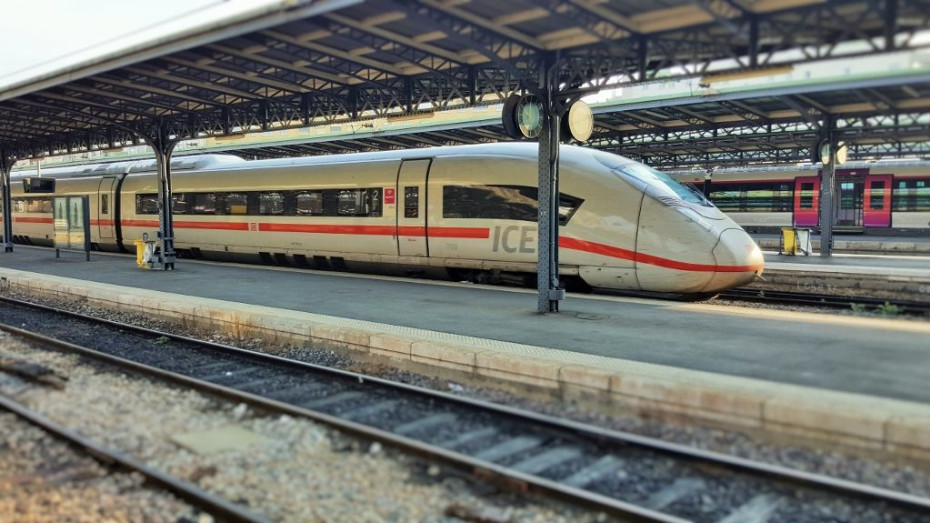
DB - SNCF (ICE)
Welcome to the guide to the specific service of high speed ICE trains which travel between Paris and central Germany
Share
At a Glance
Travel Pass Supplement
Rail Pass Reservation Fees
Reservations
Compulsory
Time of Day
Day
Catering
Food services available
Restaurant
Bistro (bar food and take away meals)
Accessibility
Accessing the train
Wheelchair Spaces
Train Specification
Attributes of the train
High Speed (partial journey)
Has a Conductor
Country
Which country these trains operate in.
France
Germany
Travel Passes
Eurail
Interrail
On Board
Première/1
Perks
WiFi
A complimentary WiFi portal is available throughout this train.
Power Socket
The power sockets on this train are compatible with standard E.U. two point plugs.
At Seat Catering
According to the time of day of travel, passengers will be able to choose from a menu of catering options, which will then be served at their seats.
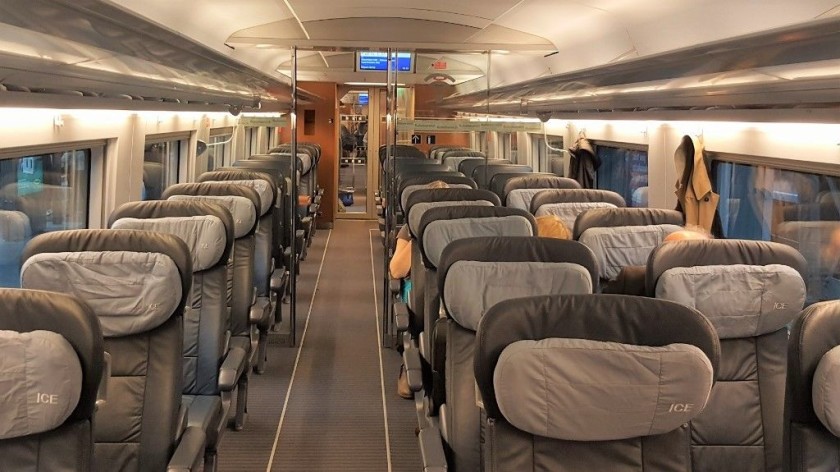
Seconde/2
Perks
WiFi
A complimentary WiFi portal is available throughout this train.
Power Socket
The power sockets on this train are compatible with standard E.U. two point plugs.
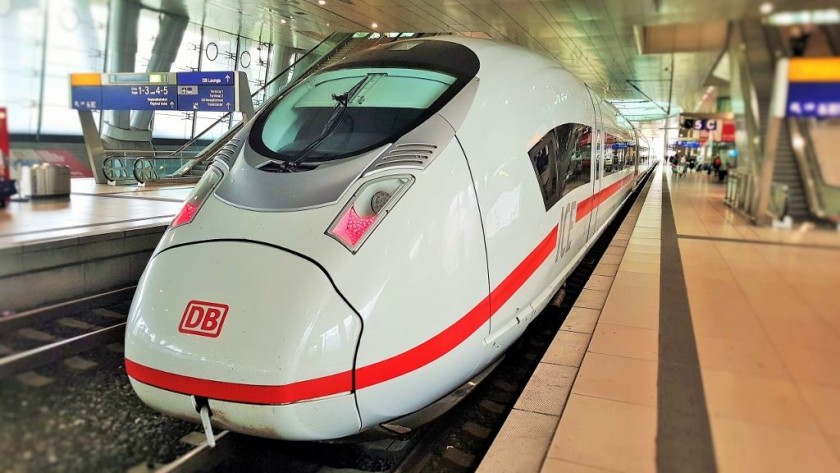
DB-SNCF (ICE) travel guide
The international high speed train service which crosses the France/Germany border is branded 'Le Reseau DB-SNCF' - it had been branded 'Alleo'.
Though you won't see this branding on the exterior of the trains.
Reflecting the spirit of co-operation French Railways (SNCF) and German Railways (DB) share the provision of the trains.
The German trains used for these services are these ICE 407 trains - which are also known as the ICE Velaro D.
And yes we have taken a diversion into train-speak, but these 407 trains have unique characteristics, which do impact on the travel experience.
Externally they're very similar to other ICE 3 trains, they're part of the same 'family,' but internally they have more common with ICE 2 trains.
That's because virtually all of the seating both in 1st and 2nd class is open plan, apart from the family compartment, - and they don't have the lounges at the end of the trains, which the other ICE 3 trains have.
Routes:
The only 'Le Reseau DB-SNCF' routes on which these ICE trains operate on are the two routes between Paris and Frankfurt (Main) via
- Strasbourg and Karlsruhe, and
- via Saarbrucken and Kaiserlauten.
They share the services on these routes with the French TGV trains.
The French trains used for the service are 'EuroDuplex' trains - international versions of the double decked TGV Duplex train.
Those TGV trains are also used on the other 'Le Reseau DB-SNCF' route: Paris - Strasbourg - Karlsruhe - Stuttgart.
Reservations (& using rail passes):
Seats will automatically be assigned when booking tickets for journeys by these train.
Rail Pass users:
Rail pass users will need to make reservations for international journeys - (no reservations required for journeys between German stations).
Rail pass users also need to reserve for journeys between French stations, but for these journeys the standard TGV reservation fees apply.
Rail pass reservations for these trains are no longer sold online by DB, so the booking options for rail pass users on these trains are:
- Book at a station in France at a 'SNCF boutique'
- Book at the Reisezentrum travel desks in Germany
- Or book in advance of your trip by using the Eurail reservation service or the Interrail reservation service but you will be charged a €2 booking fee per reservation.
But if you'll be using an Interrail or Eurail Pass and are happy to change trains and have a longer end-to-end journey, it's possible to avoid these trains when travelling between France and Germany.
Boarding:
If you have a reservation before arriving on the gleis/platform/voie, check your ticket for the number of the coach in which your reserved seat is located
Then use the info screens on the gleis/platform/voie, to check which zone you should wait in, for easy boarding.
Some coaches/carriages only have one door, while others have two.
A number ‘1’ by the doors indicates that the coach is 1st class, while a ‘2’ indicates second class.
These numbers are the only indication of whether a coach is 1st class and vice versa and they can be hard to spot on a fast arriving train.
Below these numbers are electronic indicators which show the destination of the train and the main stations it will be calling at.
The doors won’t open automatically so you may have to press the green button.
Catering:
These trains convey restaurant cars where all travellers, regardless of whether you will be travelling with 1st or 2nd class tickets or rail passes, can have meals.
(The TGV trains, which share this DB-SNCF service, don't convey restaurant cars)
If you are travelling 1st or 2nd class you can also opt to purchase hot/cold food and drink from the bar/bistro car and then either consume it in the bistro car or bring it back to your seat.
An attendant will also pass through 1st class taking orders for food and drink to be delivered to your seat – try to avoid confusing them with the conductor who will check the tickets etc.
Be aware that you will be charged for all items that you order at your seat.
If you’re travelling 1st class and are particularly thirsty/hungry, don’t wait for the catering attendant to make their round, go to the bar counter and order in person.
On board:
There are luggage racks by the doors and in the middle of the 1st class seating saloons.
It can be worth travelling 1st class if you have heavy luggage, as there is more space in which to store it.
Reservations are indicated by red text next to seat numbers, on the edge of the luggage rack that show the stations, between which the seat has been reserved.
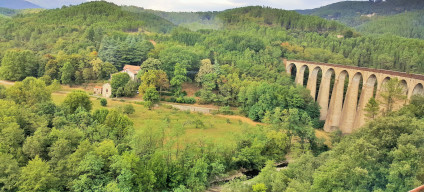
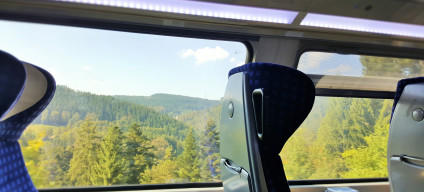
This second version of ShowMeTheJourney is exciting and new, so we are genuinely thrilled that you are here and reading this, but we also need your help.
We’re striving not to let anything get in the way of providing the most useful service possible, hence a facility has been set up with DonorBox which can be used to support the running costs and make improvements.
Instead of advertising or paywalls, your financial support will make a positive difference to delivering an enhanced service, as there’s a lot of ideas which we want to make happen.
So if you have found the info provided here to be useful, please consider saying thank you.

This is one of more than 100 train travel guides available on ShowMeTheJourney, which will make it easier to take the train journeys you want or need to make. As always, all images were captured on trips taken by ShowMeTheJourney.


